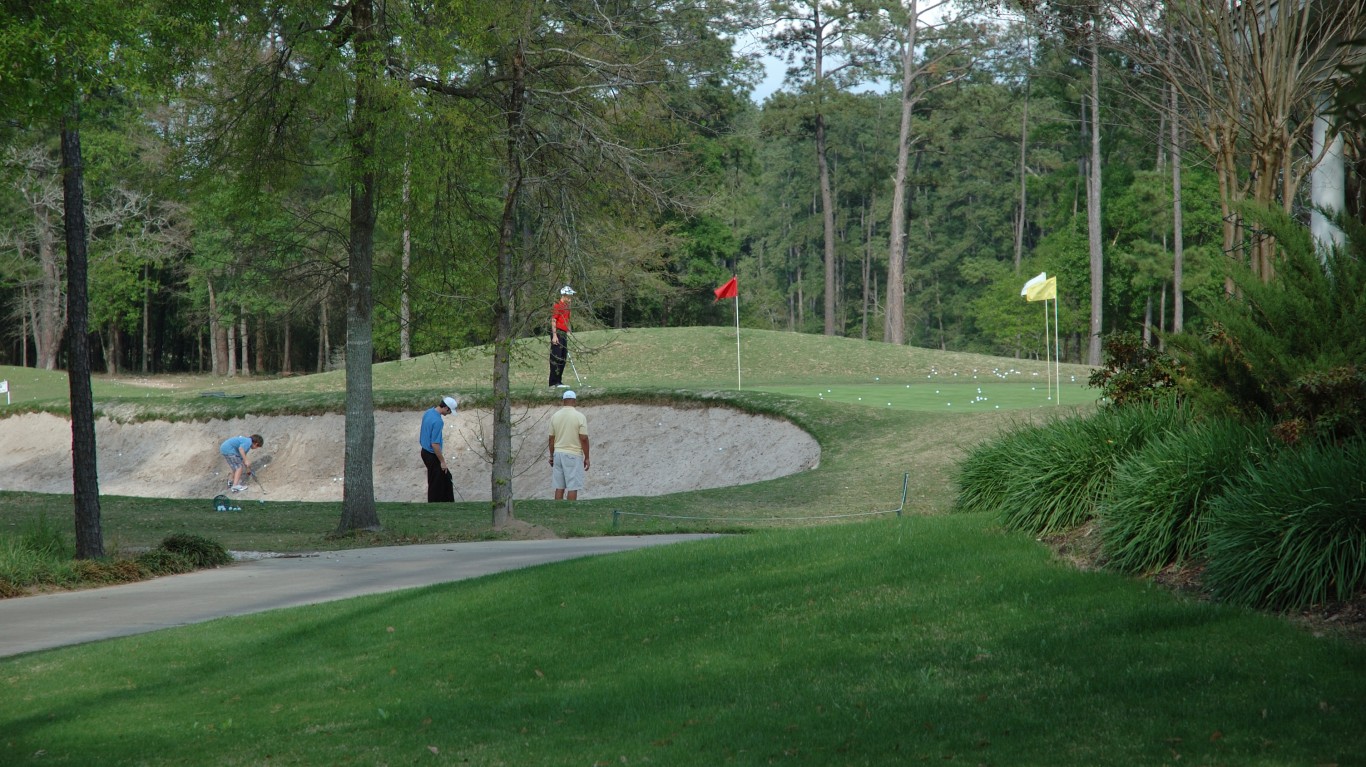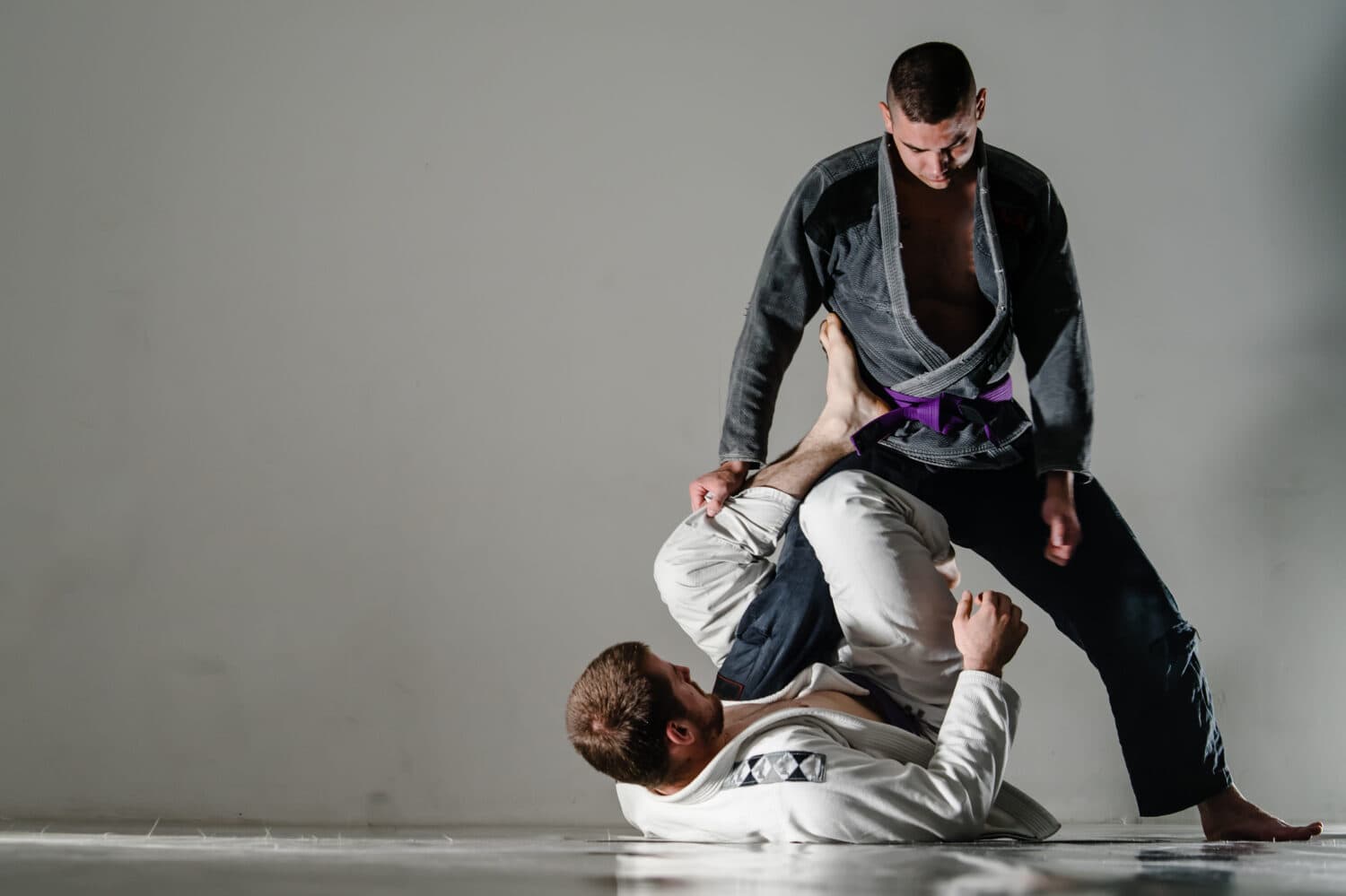
Brazilian jiu jitsu (BJJ) is a martial art that resembles a hybrid of judo and wrestling, with takedowns, grappling, joint locks and chokes. It began in Japan but was modified in 1925 by Hélio Gracie and other members of his family into the Brazilian version. BJJ techniques have become staples of mixed martial arts. It’s not a sport limited to powerful, aggressive fighters, however. A smaller, weaker person can use jiu jitsu techniques in self-defense to overcome someone much larger and stronger through intelligent use of principles of leverage, ground fighting, and submission holds.
Not only is jiu jitsu an amazing sport in its own right, but it also instills a life philosophy of discipline, self-control, peace, and respect. In large part, these are natural by-products of learning to execute the moves of this art correctly. This makes insights from jiu jitsu widely applicable to other areas of life where both performance and cooperation matter.
What’s It Got to Do With You?

Mastering jiu jitsu is not just a physical feat, but a mental one. Like a chess player, a jiujiteiro (practitioner of jiu jitsu) has to think several steps ahead but be ready to adjust their plan based on their opponent’s actions. This must be accomplished while managing the body’s fight vs. flight instincts, which can hijack the brain with emotional, rather than logical, thinking.
We navigate our professional and personal lives in much the same way: making plans in anticipation of others’ reactions and adjusting when life throws us for a loop. Fight vs. flight is very much a part of the anxiety many people feel on a daily basis when confronted with all sorts of stress. Whether it’s the stock market or a relationship that’s gone sideways, chill and skill are essential to staying on track toward your long-term goals.
The BJJ Belt System
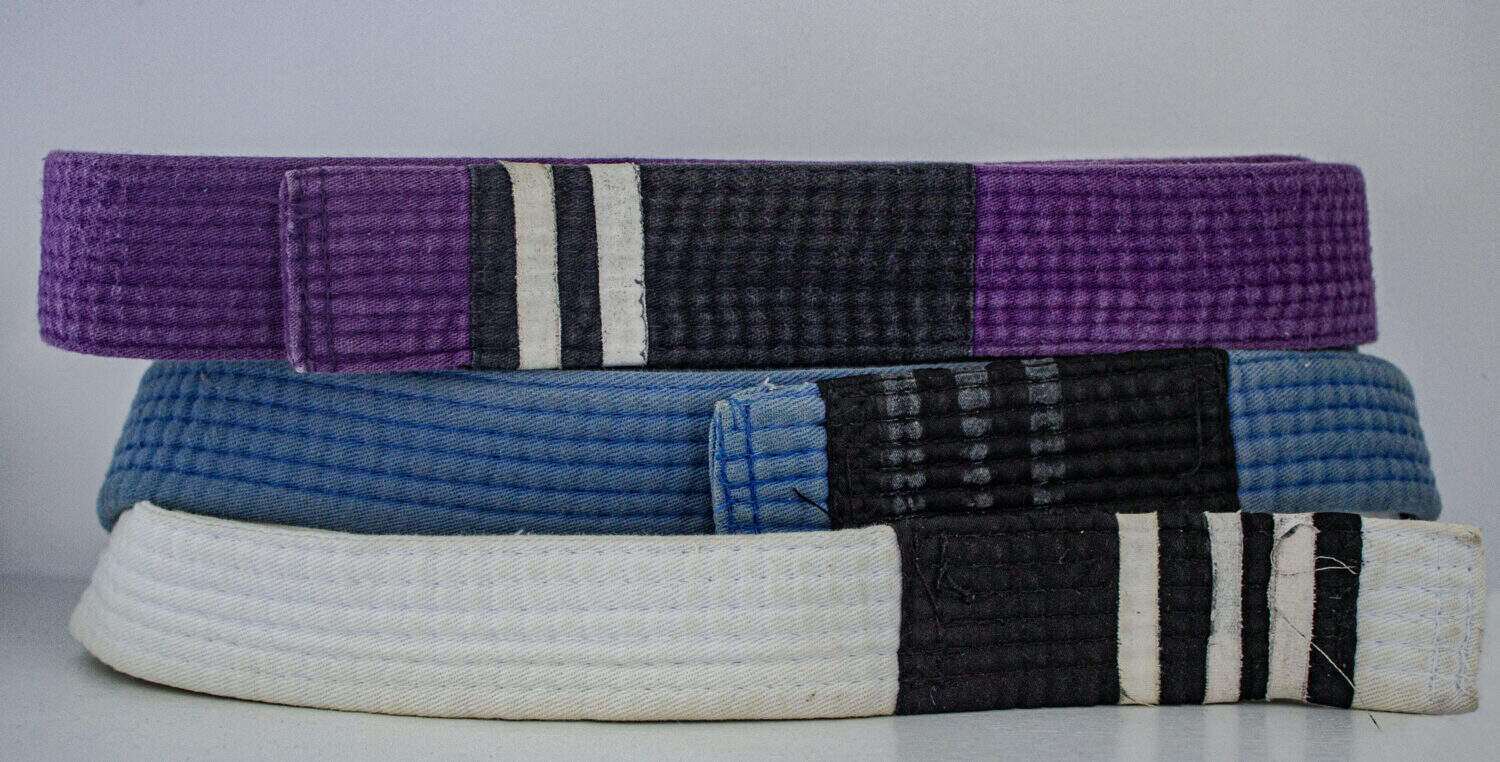
The belt system in jiu jitsu starts at white and then moves on to blue, purple, brown, and black. Each belt takes about 2 years of dedicated, consistent practice to earn. For those who think in academic terms, this schedule means we can imagine the belts like degrees:
- White belt – High School diploma.
- Blue belt – Associates degree
- Purple belt – Bachelors degree
- Brown belt – Masters degree
- Black belt – Doctorate
The lessons described in the rest of this article are those the author has learned in his first six months as a BJJ white belt – the equivalent of finishing one semester of community college! So, while he is by no means an expert, he has compiled these insights from daily interaction with those with many more years of experience and insight.
1. See it as a game, not a fight to the death.

Many people’s first exposure to jiu jitsu is from watching mixed martial arts fights on television. MMA is fast-paced and violent. The goal is to overpower or knock out an opponent as quickly as possible. Fighting dirty is par for the course. Others take up jiu jitsu as a skill for self-defense. It can be an effective way to escape someone trying to pull you away, to subdue an aggressive person to end a fight, or to immobilize a perpetrator until police can arrive and take over.
Lesson 1 in Life
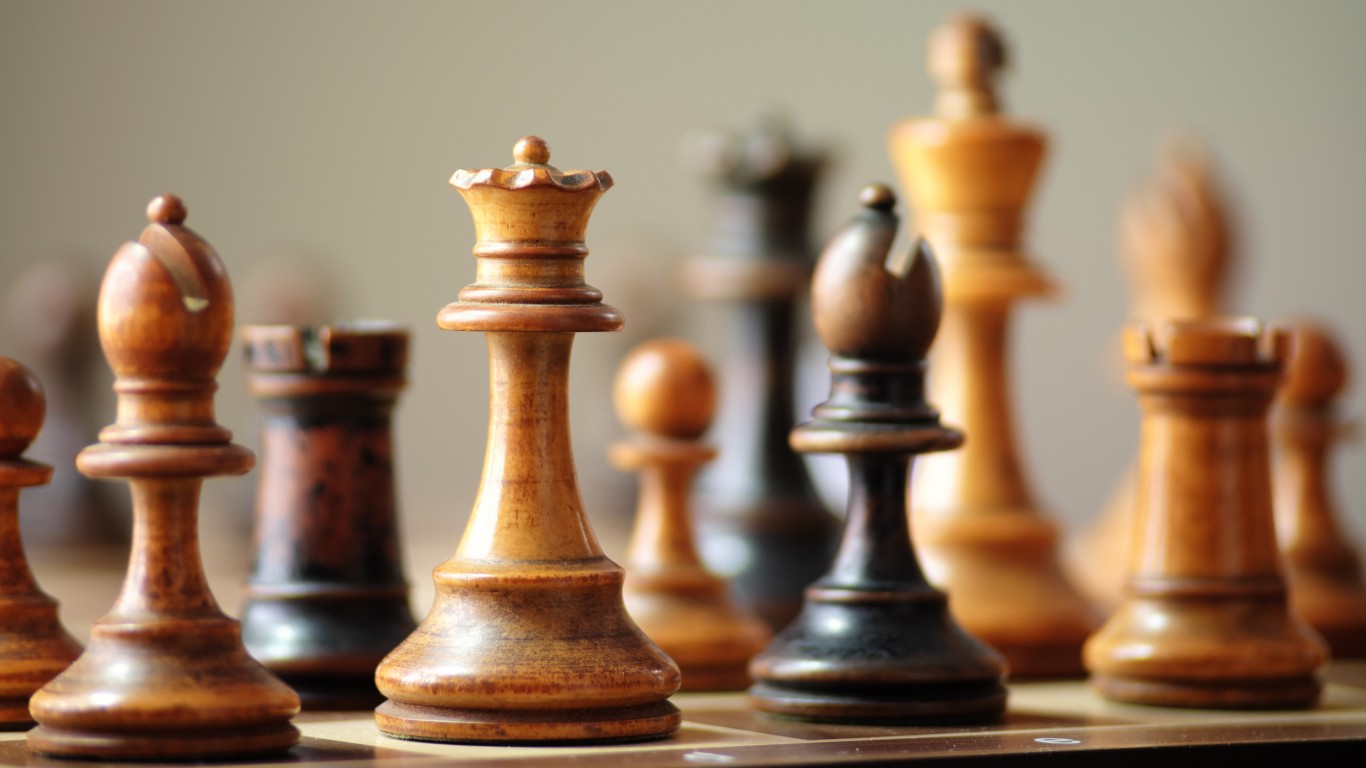
In sport or business, coming at a problem with a “fight to the death” mentality can interfere with the calm, methodical, higher-level thinking needed to succeed. It can also cause you to use the same moves that have worked in the past without trying new things and diversifying your skill set. How might your professional strategy change if you saw your efforts as playing a game rather than a fight for your life? Perhaps this would make losses less personal and easier to absorb. Perhaps it would also help us not be overconfident in our wins but realize it takes constant practice and learning from those who are better than us to maintain our edge, professionally.
2. Show respect to those of higher—and lower—rank.
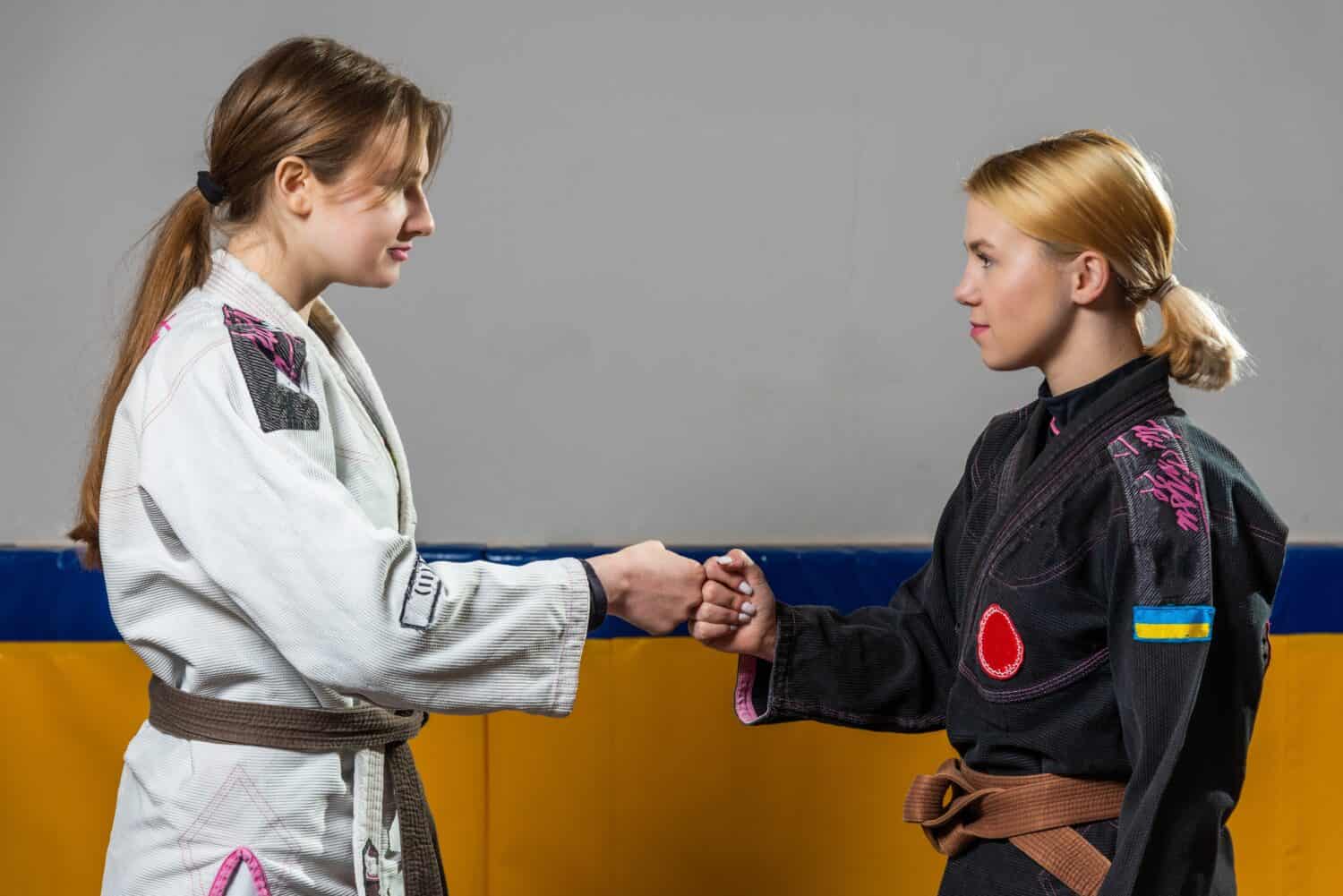
Practitioners of jiu jitsu learn to show respect in a variety of ways: bowing when entering and leaving the mat, bumping fists and slapping hands before sparring (or “rolling”), lining up at the end of class according to belt rank and seniority, and using respectful terms of address. And the respect goes both directions. Higher belts adjust to the needs and skill levels of less experienced partners. Instruction is supportive and encouraging, not demeaning. Higher belts grapple with white belts to regulate their activities and prevent them from hurting themselves or others.
Lesson 2 in Life

On the mats, in the office, or at home, respect goes a long way toward helping everyone challenge each other and excel without hard feelings. Building such a culture, in large part, depends on the instructor, who uses gentleness and firmness to set a tone for the whole class. What sort of culture are you building with those who are under your authority?
3. Compete against your own past self.

The most obvious measure of a jiujiteiro’s progress is the belt system. This is not just a matter of displaying hierarchy but a practical measure for safety and optimal instruction. Lower belts are paired with higher ones to improve their skills and avoid hurting one another with unskillful moves. But there are innumerable more subtle ways jiu jitsu brings positive change to one’s life: greater confidence, weight loss, improved muscle tone, endurance, and social relationships.
Those who are so inclined can participate in regional, national, and international competitions. But competing with others means sometimes we win, sometimes we lose. Comparing yourself to your own previous self, though, is often a guaranteed way to feel successful, even if you may lag behind more advanced members of your class.
Lesson 3 in Life
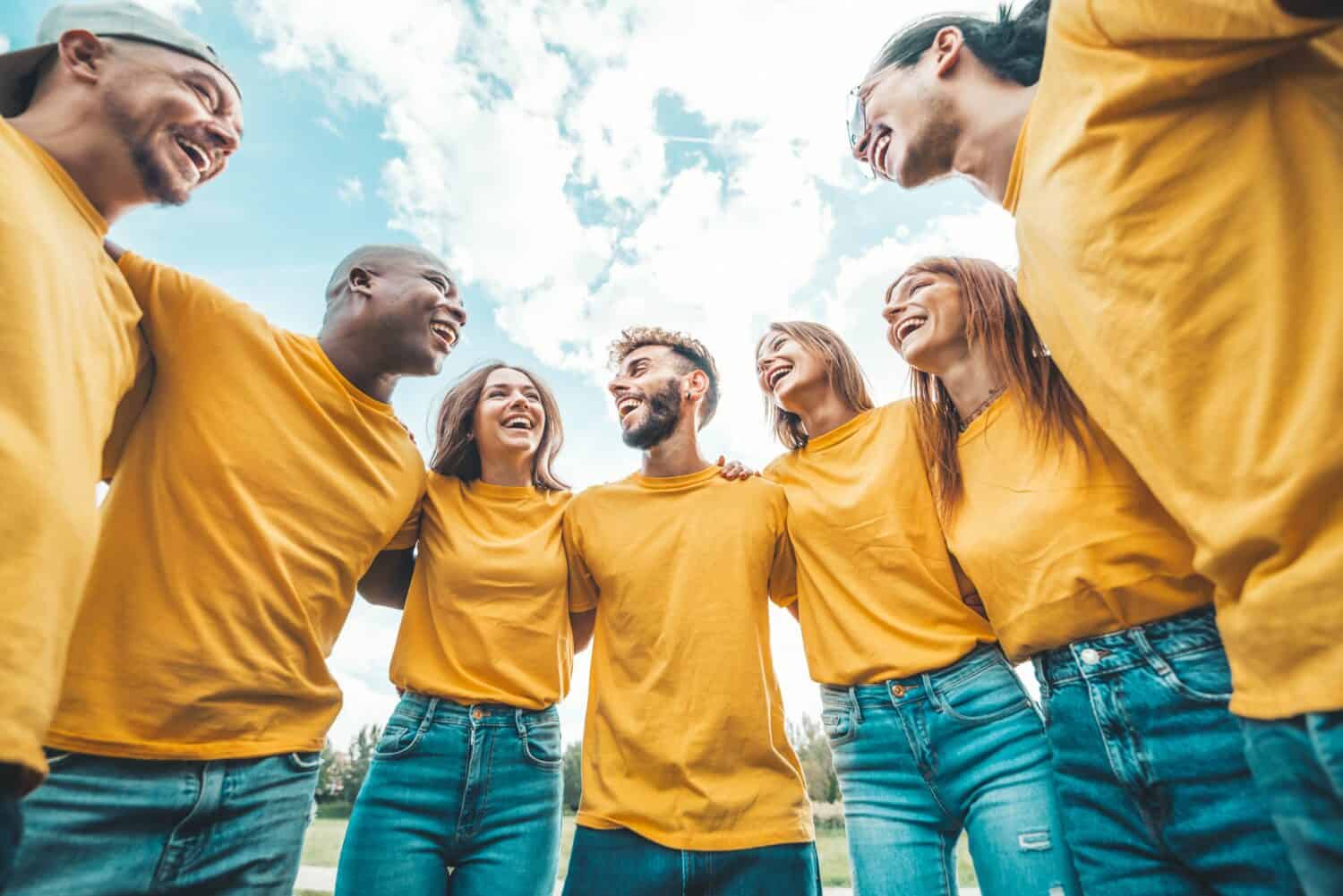
Applied to a professional setting, we can understand that competition between employees can undermine the synergy that comes from a team working together like a well-oiled machine. But fostering an attitude of self-improvement changes the emphasis so that we welcome interaction with those who are doing better, rather than resenting or avoiding it. Their success is a win for the home team, and for us.
4. Relax and conserve energy.

Even though at the higher levels BJJ techniques are much more complex, fast-paced, and dangerous than what beginners learn, most injuries actually happen at the lower belt levels. White belts often try to use strength rather than technique and move too quickly and awkwardly, causing injuries to themselves and their partners. A major initial goal in instructing a white belt is to get them to calm down and move in controlled ways. Speed can come later when correct BJJ techniques have become deeply embedded in muscle memory through repetition.
Lesson 4 in Life

Tension and stress can contribute to poor decision-making in all areas of life. Time pressure can tempt us to make quick decisions that may, in the long run, cost us much more time and other resources than if we had taken a little while to think before acting. And, of course, some problems will actually resolve themselves if we just wait a bit. In fact, the best answer to a dilemma might actually be not to decide but to wait and see what happens.
5. Adjust to the skill and energy level of your opponent.

Higher-level belts, especially black belts, can easily demolish beginners and physically smaller and weaker opponents. Yet, using one’s skills to show off at someone else’s expense would actually be a sign of insecurity and weakness. By contrast, when an obviously superior fighter modulates their approach for the purpose of teaching their opponent, it shows that they are not operating from selfish motives or raw emotion. They see the value and potential of an untrained opponent and take the responsibility for keeping both of them safe in the encounter and helping the newbie get a little better each time.
Sometimes, a lower-level player can misunderstand this generosity and actually begin bragging about how they submitted a higher belt. If word gets around that this is happening, you can bet this player will be quickly humbled in future rolls with their superiors!
Lesson 5 in Life

In a fast-paced world, we can be tempted to discard people who slow us down. This could for example include an older person who may have difficulty adjusting to technology, a person whose first language is not English, or a young person with imperfect knowledge and social skills. Some people may not fit our idea of ideal teammates, but taking the time to adjust their work assignments to a manageable level that corresponds to their giftedness and taking extra time in training can pay off in a diverse team with a wide array of skills.
6. You can’t get all the submissions at once. Pick one.

There are all sorts of techniques in jiu jitsu to control your opponent’s body, seize an arm, leg, or neck, and impose a joint lock or choke to get a submission. Sometimes, a highly skilled fighter can get more than one submission at the same time. Generally speaking, though, you have to pick your target while being ready to switch to a new target if something easier turns up. Trying to do too many things at once just dissipates the force you can bring to bear on a single well-executed technique.
Lesson 6 in Life

In his life-changing book Atomic Habits, James Clear references the concept of “keystone habits.” A keystone habit is a strategic habit that, if implemented, has a cascading positive effect on other areas of life. For example, going to bed and getting up at regular times can be a keystone habit that improves your health, mood, and productivity. Many people find that jiu jitsu itself is such a keystone habit. Given that our time and energy is limited, we have to make choices about how to spend them and who to spend them on. Learning to prioritize and say “no” to commitments that don’t move toward our goals is essential.
7. Don’t fight for a position the other side wants. Shift to a position they’re not paying attention to.
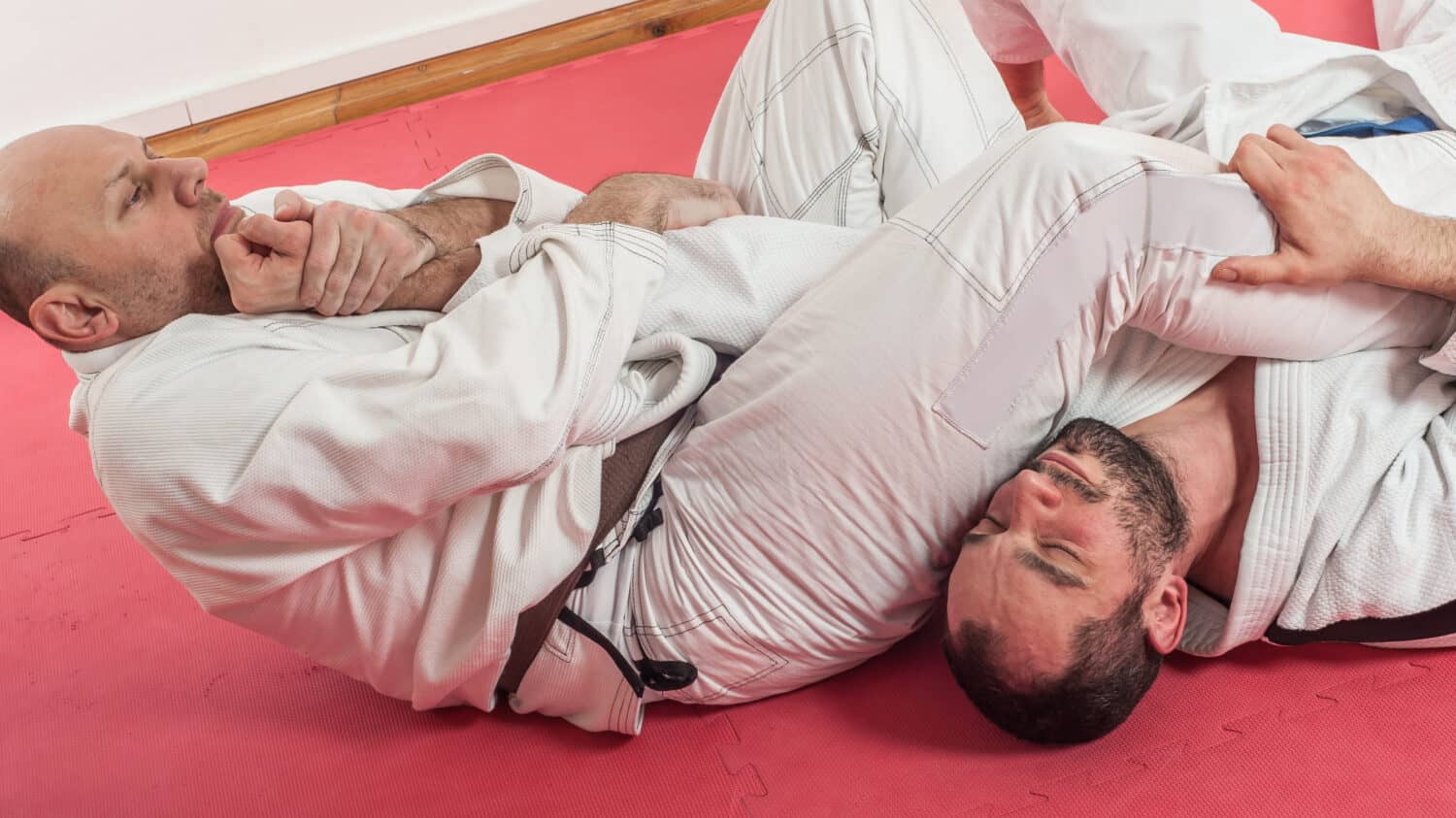
As a beginner, you just don’t know that many moves yet. So when you try to do the one escape or the one submission you know how to do, you fight like crazy to get it. Those with more experience are able to conserve their strength and let their opponent have what they want so bad, all while getting into position to launch a complex move the newbie will never see coming.
Lesson 7 in Life

We live at a time when it seems everyone has a strong opinion about everything, and is all too eager to argue it with whoever will listen. Every place, from the breakroom at work, to the line at the DMV, to the dinner table, can be ruined by debates over politics or cultural issues that are completely outside our control.
What would happen if you let others win the argument on areas that really don’t matter to your life? What difference does it make if Uncle Tom is convinced Bigfoot is real, or if Caitlin won’t eat GMO foods, or if Grandpa thinks we shouldn’t send foreign aid to Africa? How about letting them “win” those positions they care about so much while you work on getting them to help you install your new toilet, take your shift at work on Thursday night, and remember to come to your kid’s soccer game? Don’t sweat the small stuff . . . but not everything is small stuff.
8. Seize the opening when your opponent makes a mistake.

At higher belt levels, it’s hard to surprise your opponent with any move they haven’t already seen many times and have several counter-moves for. But no one is perfect. Even a blackbelt can make a misstep. And it’s in those brief, momentary mistakes that an opponent can gain the advantage and get a rare submission, even on an opponent more accomplished than they are.
Lesson 8 in Life

Regardless of how intelligent, experienced, and skilled you are, the circumstances of life can give you an unexpected advantage or disadvantage. Market fluctuations, new technologies, or world events can all be a blessing or a curse depending on which side you end up on. The same is true of individual circumstances: health, family matters, or changed priorities can create openings to advance toward your goals. It’s a cliche but true: every cloud has a silver lining. When things in the world, the office, or your home go south, look for silver.
9. Learn as much from losing as from winning.
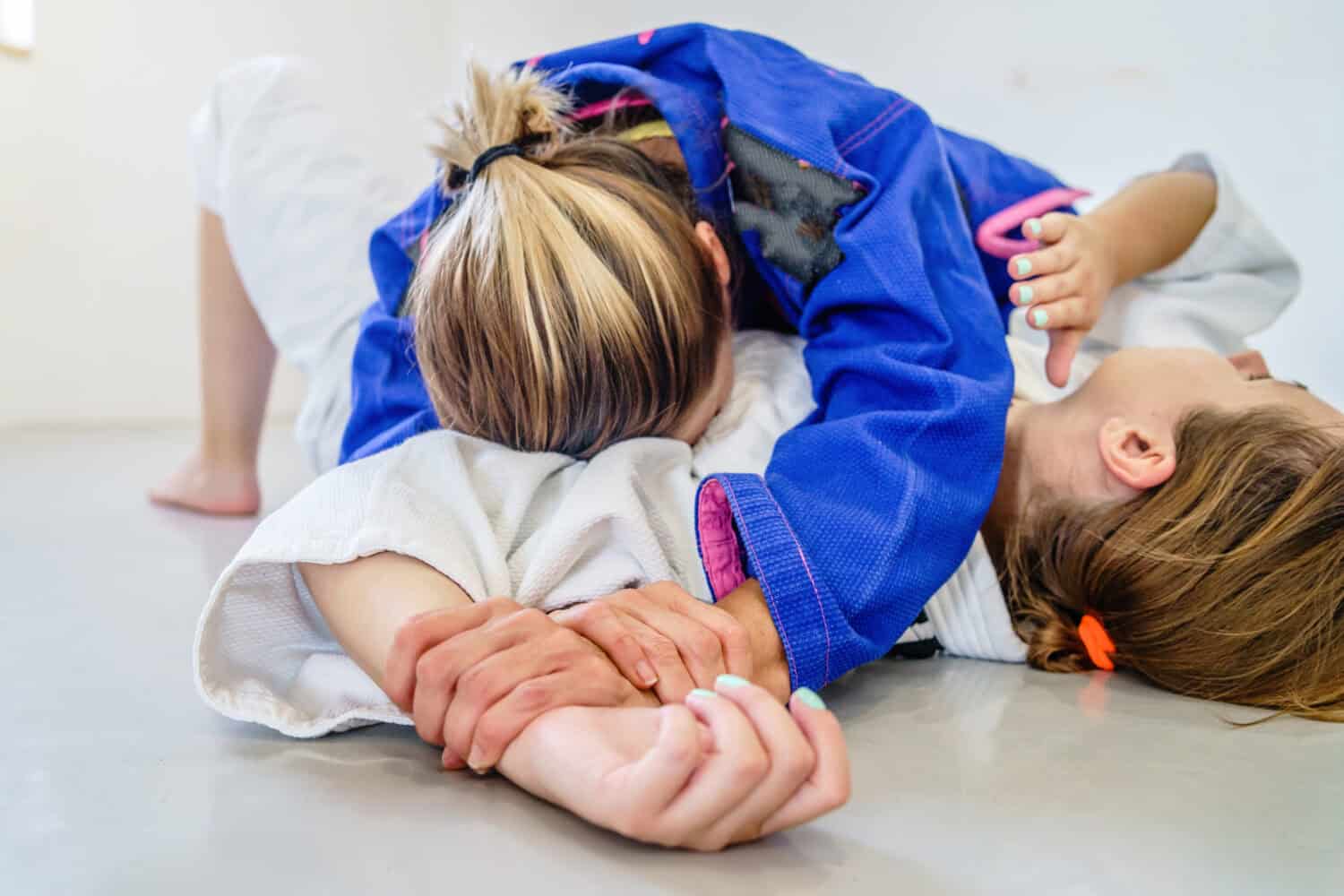
For a beginner in jiu-jitsu, it seems like you do nothing but lose when you’re rolling. Time after time you tap out as your partner executes submission after submission. It can be demoralizing unless you understand the value of losing as well as winning. Each loss shows you something you need to work on—a weak spot in your game. And it also demonstrates to you a sucessfully-executed submission. Watching how your opponent set you up for their victory shows you step-by-step how you might do the same in the future.
Lesson 9 in Life

No one really likes to lose, but losing is an inevitable part of trying something new. Think about all the failed inventions that preceded every breakthrough, all the discarded rough drafts before every bestseller, all the times every pro basketball player got dunked on before they started dunking on others. If you fail at something in your life, it is a sure sign that you tried to do something—something harder than you can do . . . yet.
10. It’s all about the small victories.
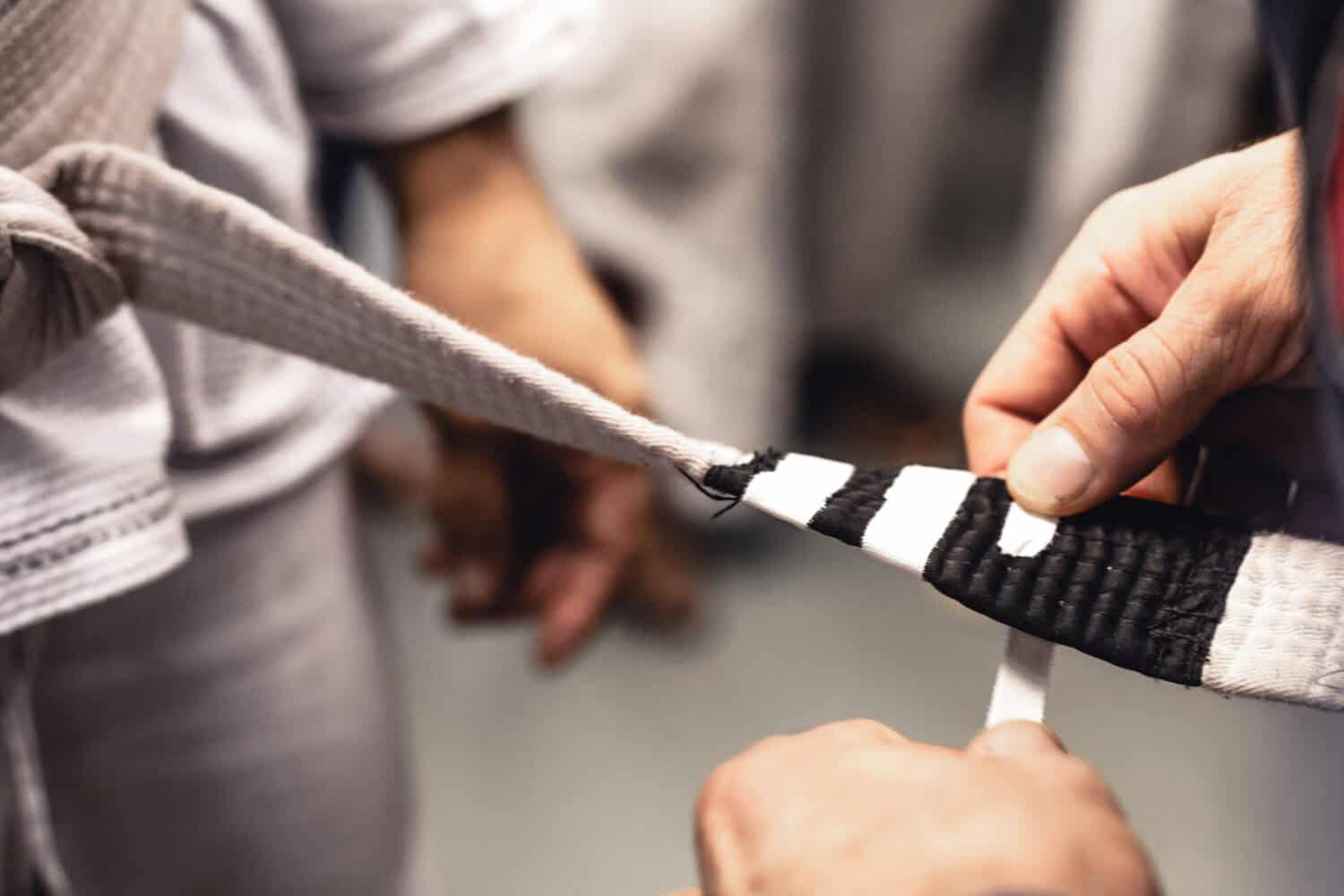
When your instructor sees that you’re advancing, you may get honored by being brought before the class and having a white strip of athletic tape added to the black band at the end of your belt. Once you get four stripes, the next advancement will be to a higher belt level. That one little strip of tape means the world. It’s a recognition of your hard work and progress and motivation to redouble your efforts to keep advancing. It’s no exaggeration to say that for some jiujiteiros, getting a belt stripe feels as triumphant as earning a college degree.
Lesson 10 in Life

Most of us have important long-term goals: completing our education, building a career, starting a family, and retiring comfortably. If we focus only on those big goals, we can become demoralized at what feels like slow progress. Instead, like vacationers driving across the country, we need to plan an interesting journey with memorable rest stops along the way. You’re probably breaking down your big goals into some smaller steps. How can you savor and celebrate those achievements and create more of them? Life is what happens while we’re hurrying ahead to the next thing. Don’t miss it!
In 20 Years, I Haven’t Seen A Cash Back Card This Good
After two decades of reviewing financial products I haven’t seen anything like this. Credit card companies are at war, handing out free rewards and benefits to win the best customers.
A good cash back card can be worth thousands of dollars a year in free money, not to mention other perks like travel, insurance, and access to fancy lounges.
Our top pick today pays up to 5% cash back, a $200 bonus on top, and $0 annual fee. Click here to apply before they stop offering rewards this generous.
Flywheel Publishing has partnered with CardRatings for our coverage of credit card products. Flywheel Publishing and CardRatings may receive a commission from card issuers.
Read more:
Sports, Brazilian, competition, jiu jitsu, life lessons, martial arts, philosophy
Thank you for reading! Have some feedback for us?
Contact the 24/7 Wall St. editorial team.
Latest from 24/7

Discover Our Top AI Stocks
Our expert who first called NVIDIA in 2009 is predicting 2025 will see a historic AI breakthrough.
You can follow him investing $500,000 of his own money on our top AI stocks for free.
